Emerging Markets
The Dark Spirit Market Industry is experiencing significant growth in emerging markets, where rising disposable incomes and changing lifestyles are driving demand for premium spirits. Countries in Asia and Latin America are witnessing a surge in the consumption of dark spirits, particularly whiskey and rum. Market data indicates that the dark spirit segment in these regions is projected to grow at a compound annual growth rate of 10% over the next five years. This expansion presents lucrative opportunities for brands looking to penetrate new markets. However, companies must navigate cultural preferences and regulatory challenges to successfully establish their presence. The increasing popularity of dark spirits in these emerging markets is likely to reshape the competitive landscape of the Dark Spirit Market Industry.
Craft Distilling Movement
The craft distilling movement is a pivotal driver within the Dark Spirit Market Industry, as consumers increasingly seek locally produced and small-batch spirits. This trend reflects a broader desire for authenticity and connection to the product. Craft distilleries are gaining traction, with many reporting substantial growth in sales, often outpacing larger brands. Data shows that craft spirits have captured approximately 25% of the market share in the dark spirit category, indicating a shift in consumer preferences towards artisanal offerings. The rise of craft distilling not only fosters innovation in flavor profiles but also encourages a sense of community among consumers. As this movement continues to gain momentum, it is likely to have a lasting impact on the Dark Spirit Market Industry, influencing both production methods and consumer choices.
Sustainability Initiatives
Sustainability initiatives are becoming increasingly prominent within the Dark Spirit Market Industry, as consumers express a growing preference for environmentally responsible products. Brands that adopt sustainable practices, such as organic farming and eco-friendly packaging, are likely to gain a competitive edge. Recent studies suggest that approximately 30% of consumers are willing to pay a premium for sustainably produced spirits. This trend indicates a shift in consumer values, where ethical considerations are influencing purchasing decisions. As the Dark Spirit Market Industry evolves, companies that prioritize sustainability may not only enhance their brand image but also attract a loyal customer base that aligns with these values. The integration of sustainability into business models is expected to be a key factor in the future growth of the industry.
Evolving Consumer Preferences
The Dark Spirit Market Industry is witnessing a notable shift in consumer preferences, with an increasing inclination towards premium and artisanal products. This trend is driven by a growing awareness of quality over quantity, as consumers seek unique flavor profiles and authentic experiences. According to recent data, the demand for high-end dark spirits has surged, with sales of premium rum and whiskey increasing by approximately 15% in the last year. This evolution in consumer behavior suggests that brands focusing on craftsmanship and heritage are likely to thrive in the competitive landscape of the Dark Spirit Market Industry. As consumers become more discerning, the emphasis on transparency in sourcing and production methods is also expected to play a crucial role in shaping purchasing decisions.
Innovative Marketing Strategies
In the Dark Spirit Market Industry, innovative marketing strategies are emerging as a critical driver of growth. Brands are increasingly leveraging digital platforms and social media to engage with consumers, creating immersive experiences that resonate with their target audience. For instance, interactive campaigns and storytelling techniques are being utilized to highlight the unique attributes of various dark spirits. Data indicates that brands employing these strategies have seen a 20% increase in consumer engagement, which translates to higher sales figures. Furthermore, collaborations with influencers and mixologists are enhancing brand visibility and credibility, thereby attracting a broader consumer base. This shift towards innovative marketing approaches is likely to continue shaping the Dark Spirit Market Industry, as companies strive to differentiate themselves in a crowded marketplace.



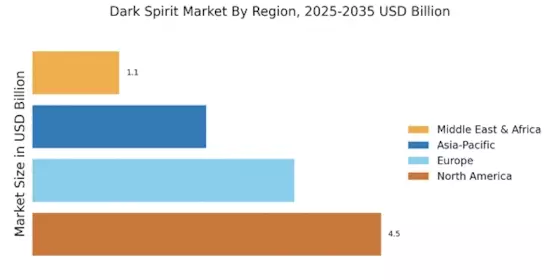
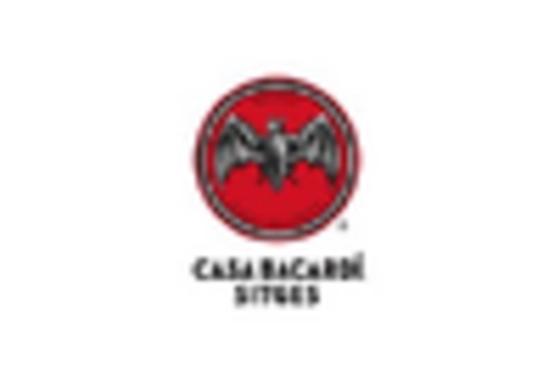
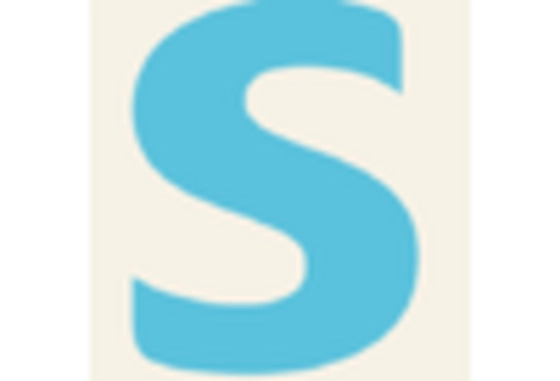

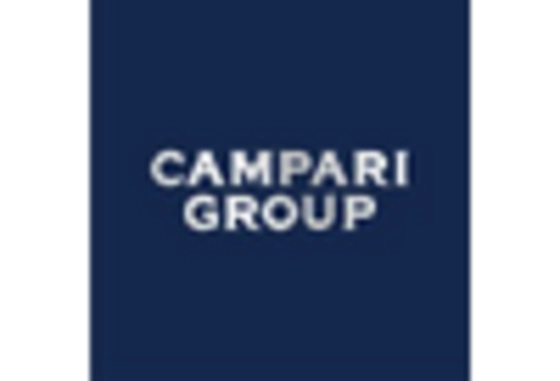

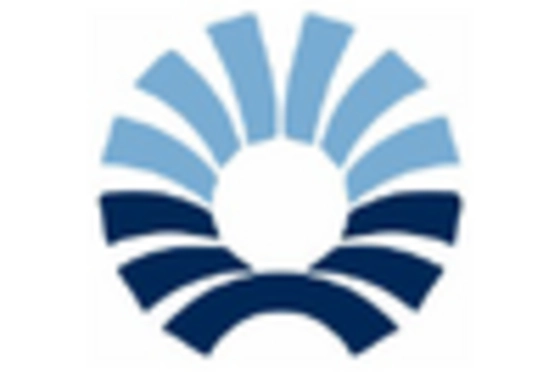








Leave a Comment